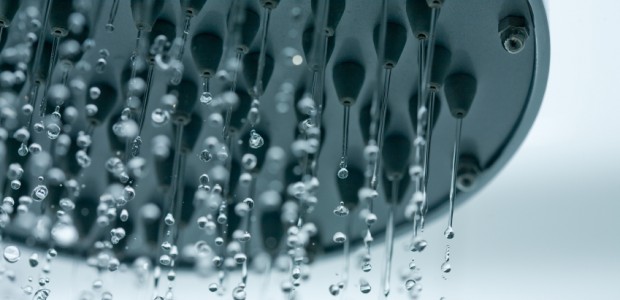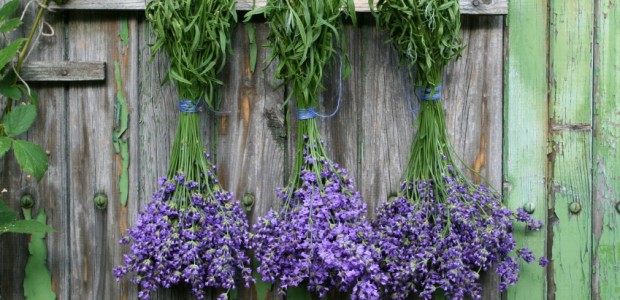With a lot of the country in a serious drought (Kansas, Texas, Nebraska just to name a few), it is nice to know that the average consumer can make a difference saving water and money by just switching their showerhead! When you get a low-flow showerhead you are able to save you and your family some money and a lot of water.
The average American uses about 2,500 cubic feet of water every year, that’s the equivalence of about an Olympic sized swimming pool! A typical shower uses up to 25 gallons of water and on average the typical American uses about 100 gallons of water daily (this number can change depending on the length of the shower.)
A low-flow shower head has the ability to cut your bathing water consumption by up to 70%. According to the EPA by “letting your faucet run for five minutes uses as much energy as it takes to keep a 60-watt light bulb lit for 14 hours.” Just by switching your shower head to a low-flow model you can save a lot over the course of a year:
- With a traditional, 2.5gpm showerhead, you’ll use 5,250 gallons of water on showering in one year.
- With a 1.5gpm, low-flow showerhead, you’ll use 3,150 gallons of water over the course of one year.
(Remember these numbers are an estimate and are based on a single person household, these numbers can double and triple depending on the amount of people in your home.)
Low-flow showerheads are super simple to install and start around $10. There are so many styles and variations you can choose from, there is bound to be something that you end up loving. For instance some models have “flow-adjusting dials and a pause button, which allows you to break for a bit of lathering up, then return to the same temperature and pressure.” If you are looking for a simple way to improve your water consumption and help reduce your water footprint, it’s time to take a trip to your local home improvement store!
Sources: lowflowshowerheads.org, (http://lowflowshowerheads.info/water-saving-stats/), hometips.org, (http://www.hometips.com/buying-guides/showerheads-low-flow.html).


